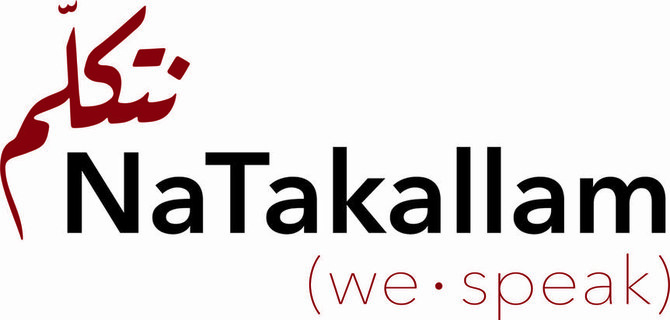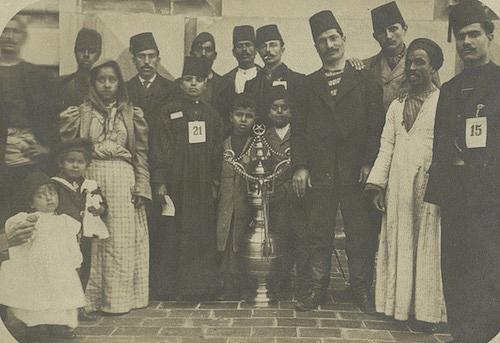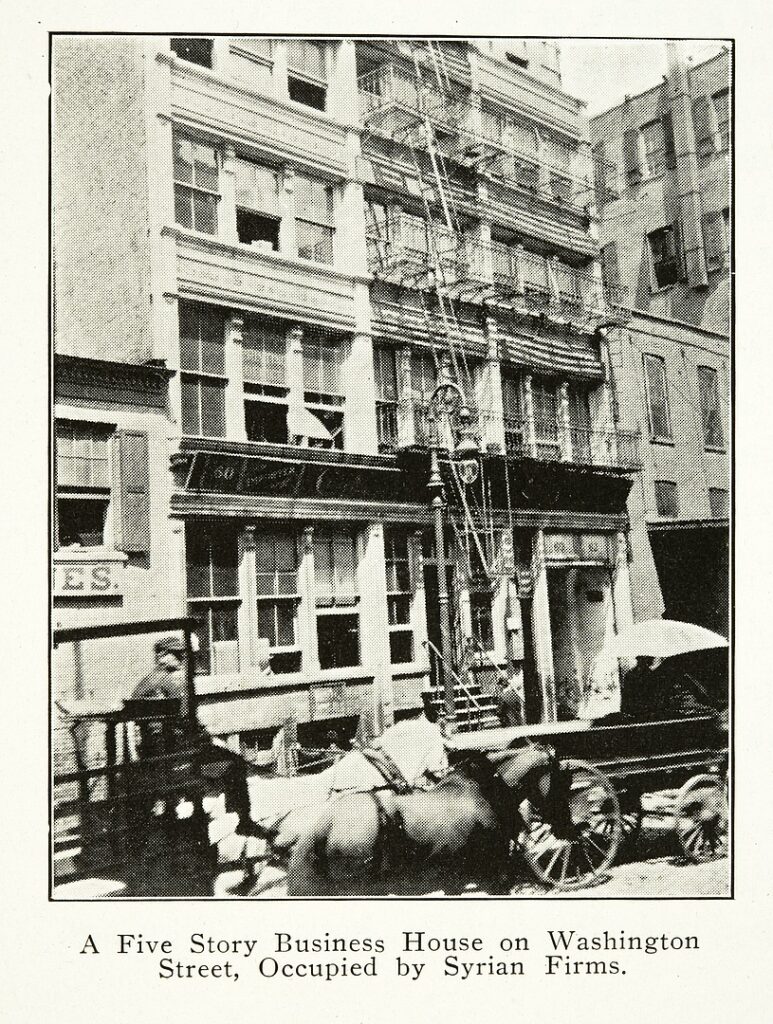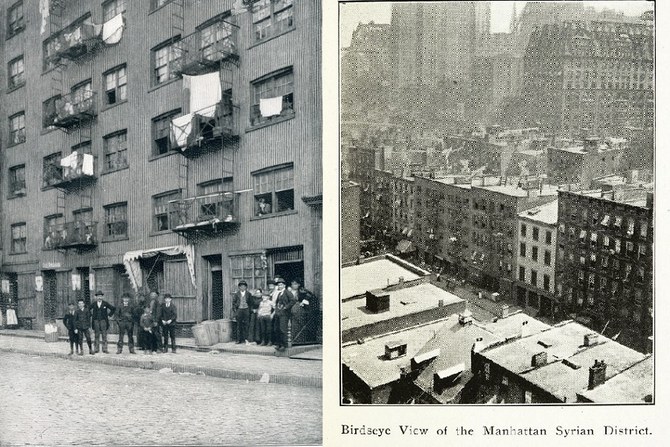- New course offers four tracks specific to journalism, humanitarian work, health care and business
- “Arabic for Professionals” carricula are proofed by Arabic academics from top universities
Six Syrian refugees in the US have crafted the “Arabic for Professionals” course launched on Wednesday by NaTakallam, a refugee-powered social enterprise that provides language learning, translation and interpretation services.
The course’s contents have been proofed by Arabic academics from top universities, such as the American University of Paris, according to a press release by NaTakallam.
Tailored for upper-intermediate and advanced Arabic students, “Arabic for Professionals” offers four tracks specific to journalism, humanitarian work, health care and business.
“The program is the outcome of conversations about common teaching challenges among NaTakallam language partners, especially when it comes to Arabic in practice,” said Carmela Francolino, NaTakallam’s talent and community manager.
“After defining the general profiles of our students and their needs, the necessity of structured courses for intermediate and advanced students was clear, as were the topics we needed to focus on,” she said.
Combining synchronous and asynchronous learning, “Arabic for Professionals” provides flexibility to fit busy schedules. The curricula are divided into several units, including exercises to reinforce each point and ten one-hour private lessons with an experienced tutor.
In addition to a focus on Modern Standard Arabic, a lingua franca used across the Arabic-speaking world, the one-on-one tutoring sessions offer students the opportunity to practice what they have learned in spoken dialects of Levantine Arabic.
Multiple pilot students have noted that the blended structure of the course provided an impetus for them to continue learning the language after their progress had stalled.
“For NaTakallam, whose core mission is to showcase the talents of displaced and conflict-affected people, it is especially meaningful that our language partners are not only teaching this curriculum but have created it in its entirety,” said Aline Sara, co-founder and CEO of NaTakallam.
Besides the new Arabic for Professionals program, NaTakallam offers an Integrated Arabic Curriculum, a 25-hour course that teaches Modern Standard Arabic and Levantine Arabic concomitantly, as well as one-on-one language tutoring in Arabic, Armenian, French, Kurdish, Persian, Russian, Spanish and Ukrainian.
source/content: arabnews.com (headline edited)
___________

_________________________
SYRIAN / AMERICANS


